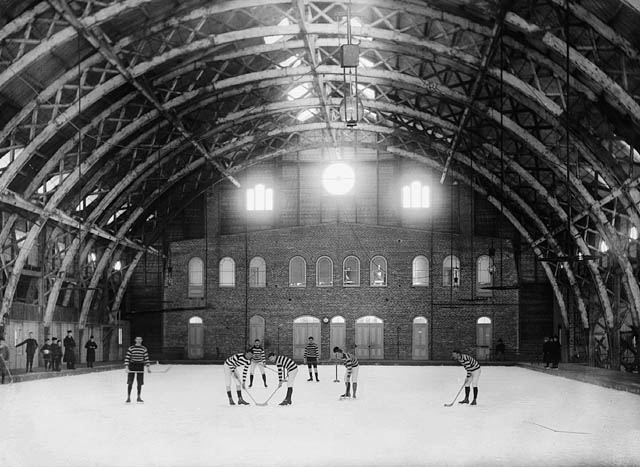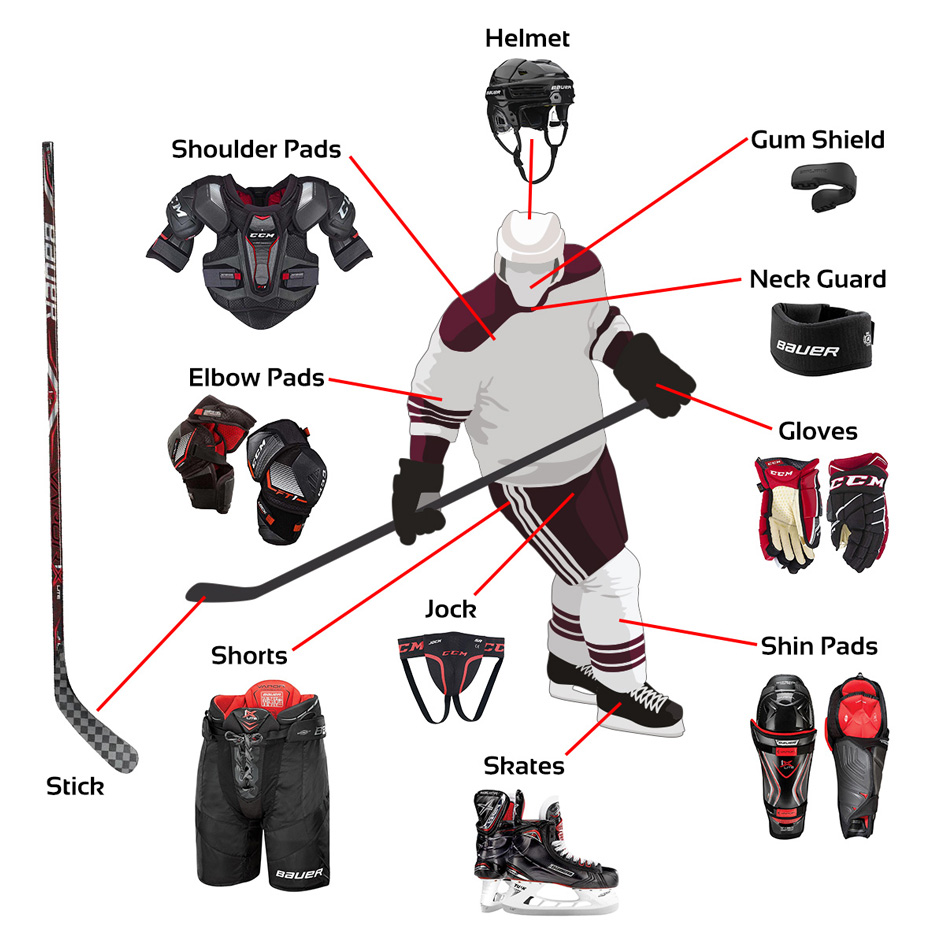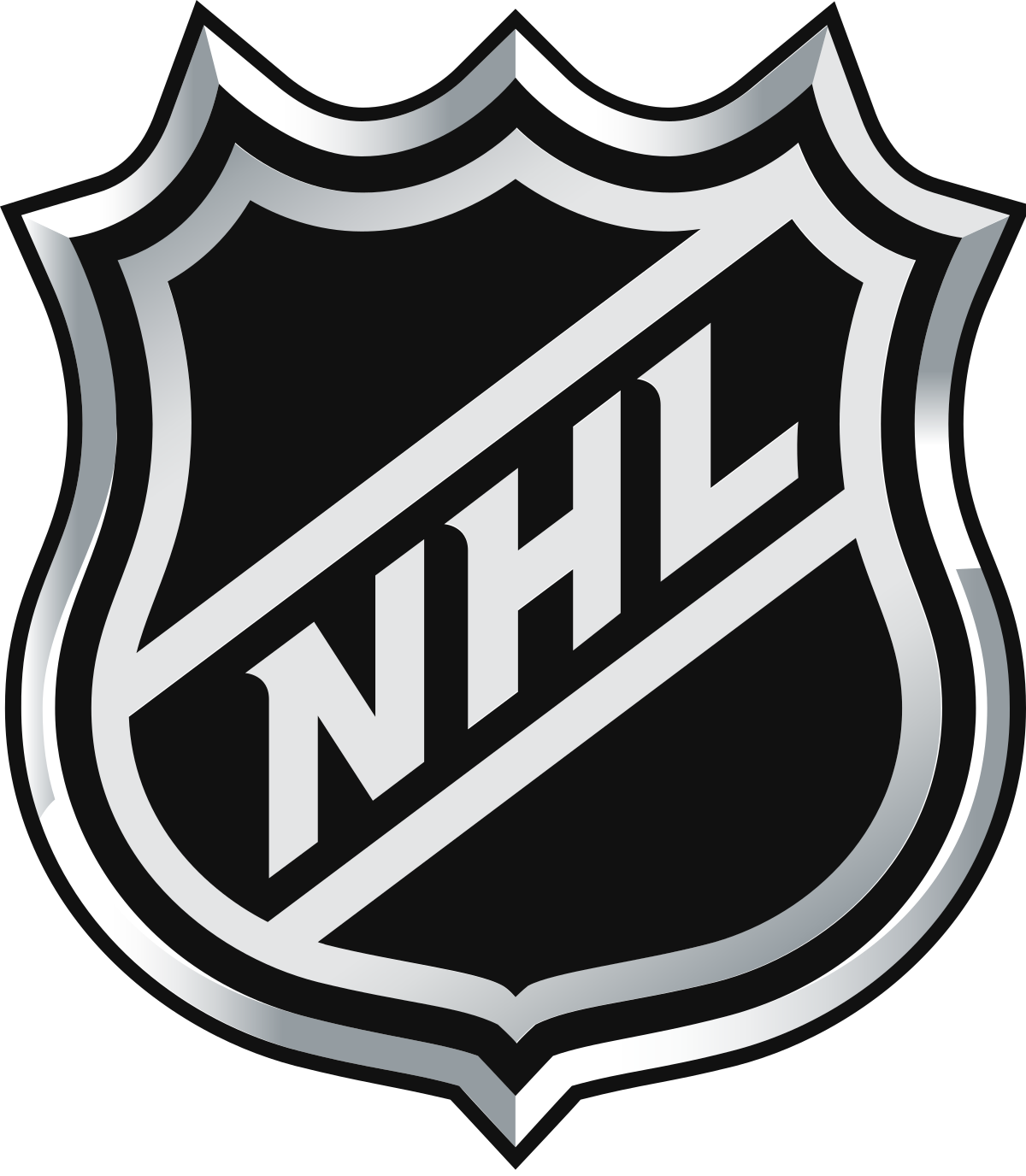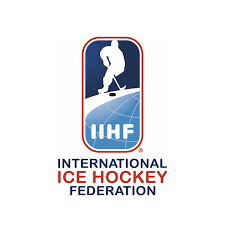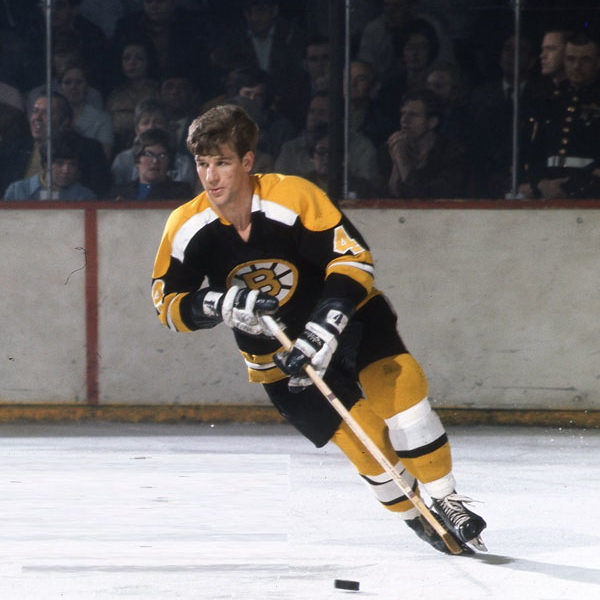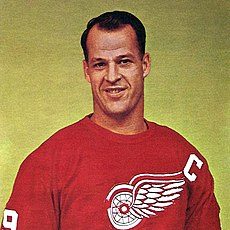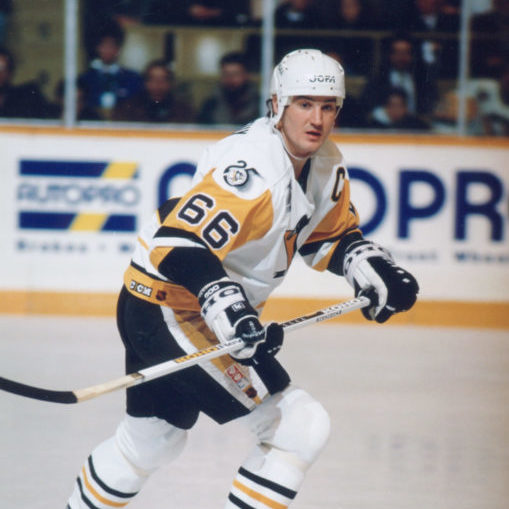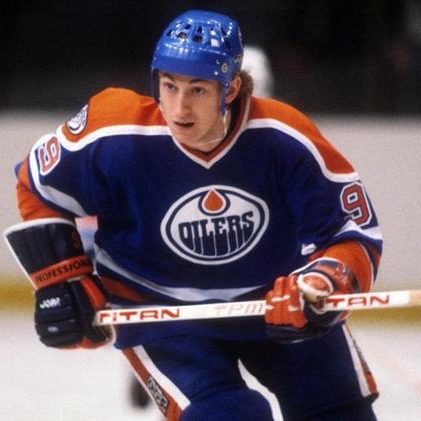Ice hockey is a contact team sport played on ice, usually in a rink, in which two teams of skaters use their sticks to shoot a vulcanized rubber puck into their opponent’s net to score points. The sport is known to be fast-paced and physical, with teams usually consisting of six players each: one goaltender, and five players who skate up and down the ice trying to take the puck and score a goal against the opposing team.
Ice hockey is most popular in Canada, central and eastern Europe, the Nordic countries, Russia and the United States. Ice hockey is the official national winter sport of Canada. In addition, ice hockey is the most popular winter sport in Belarus, Croatia, the Czech Republic, Finland, Latvia, Russia, Slovakia, Sweden, and Switzerland. North America‘s National Hockey League (NHL) is the highest level for men’s ice hockey and the strongest professional ice hockey league in the world. The Kontinental Hockey League (KHL) is the highest league in Russia and much of Eastern Europe. The International Ice Hockey Federation (IIHF) is the formal governing body for international ice hockey, with the IIHF managing international tournaments and maintaining the IIHF World Ranking. Worldwide, there are ice hockey federations in 76 countries.

